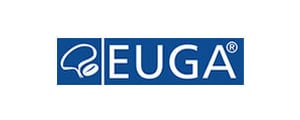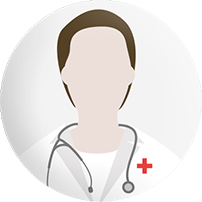VOLTAR
IMCAS World Congress 2019
IMCAS World Congress 2019
Programa
S028
Urinary incontinence: mechanisms of action of new non-surgical therapeutic alternatives (in collaboration with EUGA)
Sala: Room 242 (level 2)
Data: quinta-feira 31 janeiro 2019 de 11:30 às 12:30
Formato: FOCUS SESSION > lectures covering a major topic of the congress
Data: quinta-feira 31 janeiro 2019 de 11:30 às 12:30
Formato: FOCUS SESSION > lectures covering a major topic of the congress
Apresentações desta sessão
| Horas | Palestrantes | Título da apresentação | Resumo | Número |
| 11:30 | About: Er:YAG lasers | 78903 | ||
| 11:40 | Presentation of EUGA | 83925 | ||
| 11:45 | About: CO2 lasers | 78905 | ||
| 11:55 | About: RF | 79773 | ||
| 12:05 | Vaginal and urethral lasers combined to improve tropism | Visualizar | 78909 | |
| 12:15 | About: cryogen-cooled monopolar RF - long term results (under an educational grant) | 81731 | ||














